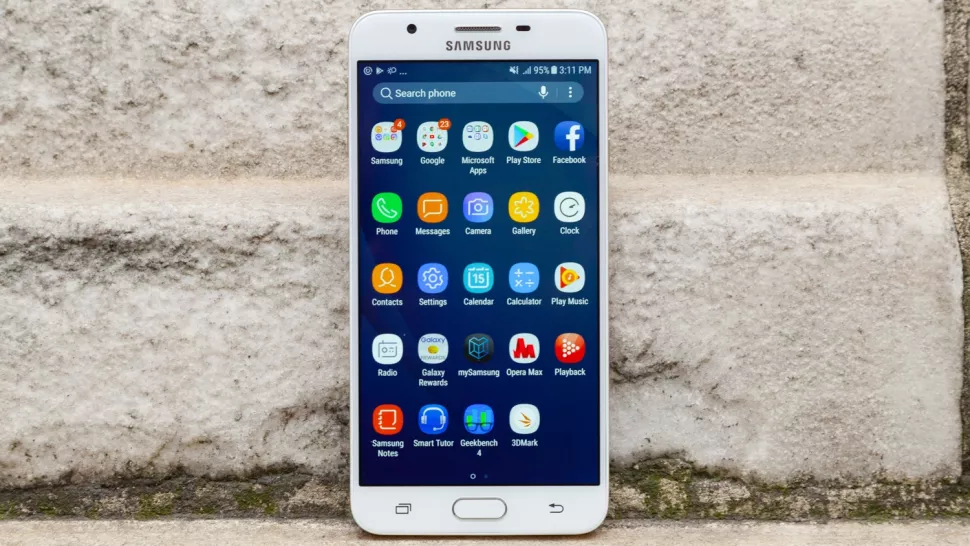
Whether it’s an unwanted NFL app preloaded on your Verizon phone or AT&T with DirecTV, every Android phone sold by an operator is loaded with bloatware. Some of them can be uninstalled, others not, and in the worst cases, these apps are running in the background and consume system resources, even if you’ve never opened them before.
- Record a call on Android
- The best Android phones on the market
Update Android Apps
You can’t always remove these apps from your device’s memory unless you’ve rooted your phone, a risky process that voids your warranty. However, with a few simple steps, you can make malicious software disappear from the app menu and prevent it from running in the background on any phone running Android 4.0 or later. Disabled apps still take up space, but at least they’re not in the way.
Read our guide to removing Android bloatware easily. Note that we use the Samsung Galaxy A51 as an example, although the process is similar for most Android phones, regardless of the manufacturer’s interface.
1.
Go to your device settings. You can access the settings menu from the app drawer or home screen, or by pulling down the notification area and tapping a button, usually in the shape of a gear.
2.
Scroll down and select the App submenu. On some phones, this menu has a slightly different name, such as Application Manager.
3.
Find and tap the app you want to disable or uninstall. You can do this by using the search function above and typing the name of the software or scrolling alphabetically. Some Android phones separate this list of apps based on what’s preloaded on the device and what came originally, but it largely depends on the make and model.
In this example, we will remove Yahoo! Finance which came pre-installed on this Galaxy A51 sold by Verizon.
4.
Tap Uninstall or Deactivate to uninstall the app. Some software pre-installed on Android phones can be removed, while others cannot. In the example on the left, Yahoo! The economy can be eliminated completely, so press delete. If you see a message asking if you want to uninstall the updates, confirm that as well.
However, note what happens if you try to uninstall an app like Verizon Cloud. You won’t see an option to completely remove this software from your device, so the only option is to disable it. If you turn off an app, it’s still in your device’s memory, but it’s not running, not opening, or running in the background.
Shortly before disabling the app, a warning usually appears that it could have a harmful effect on your device, because the software in question could be a core system service whose normal operation relies on the operation of the phone. This could be for things like a clock or calendar, although in many cases the same language is extended to less critical apps like your carrier’s apps. Feel free to disable these unnecessary apps and remember that you can always re-enable them later if needed.
The offending app will now disappear from your home screen and phone drawer and will no longer run in the background. To reactivate a disabled app, follow the steps and go back to the app list in your device’s settings, find the software in question, select it and tap Enable. If the app has been completely uninstalled, you can download it again from the Google Play Store.









